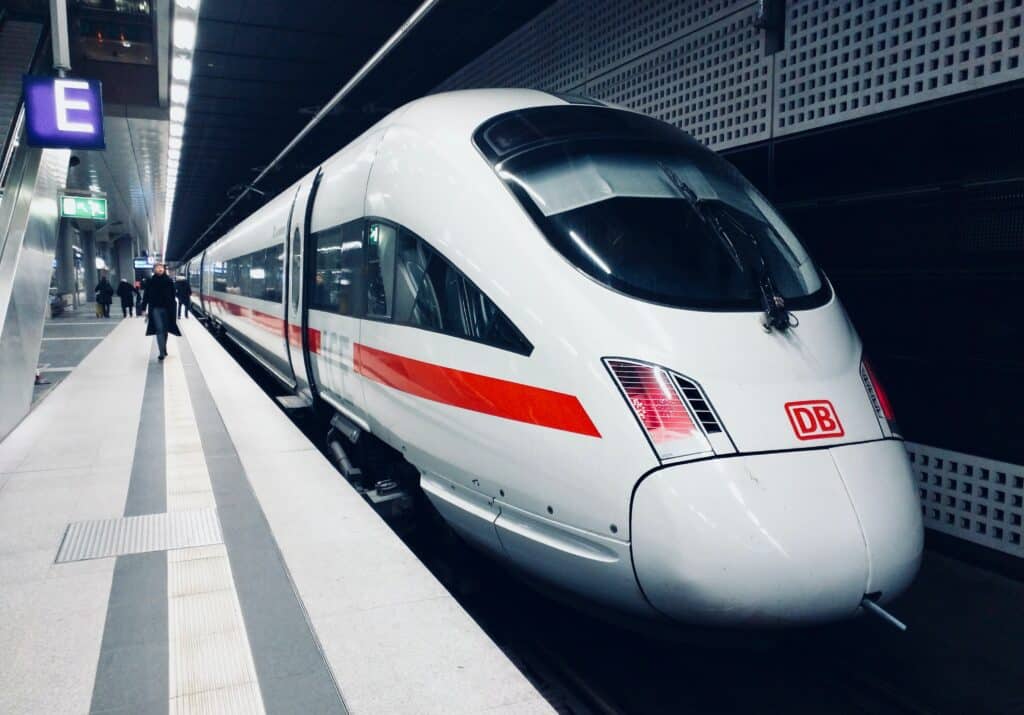The paper “Achieving mode shift – what needs to be done?” will be presented at the 2nd Florence Rail Conference (9-10 December, 2021).
ABSTRACT:
The 2011 European White Paper on transport foresaw rail becoming the main means of medium distance passenger transport and of long distance freight transport by 2050. This paper will review the methods the Commission foresaw of influencing mode split, the progress that has been made with implementing them and expected results. These methods were broadly completing the process of introducing competition within the rail sector, rail investment (including specifically investment in high speed rail), internalizing externalities in all modes of transport and promoting innovation in the rail sector (particularly through the Shift2rail research programme). Modelling work undertaken for the Commission suggested that together these measures would be capable of achieving the Commission’s objectives.
The approach will be a wide-ranging review of the outcomes of research on these issues. This includes the extensive literature on econometric research on the impacts of within rail competition on both costs and demand, the updating of the Commission’s handbook on internalising externalities and the accompanying research on the degree to which it has been implemented, research on the impact on mode split of rail investment and in particular investment in high speed rail and the impact of innovations being developed as part of the Shift2rail research programme. The expected conclusion is that progress in implementing all these policies has so far been slow. Whilst within mode competition in rail freight is extensive, rail passenger market competition remains limited and importantly the legislation requiring competitive tendering for public service contracts for passenger services has not yet come into force. It remains the case that no mode of transport is fully internalising externalities, although rail is closest to doing so: progress on internalising externalities in air transport and road haulage is particularly slow. Rail investment – and particularly investment in high speed rail – is lagging behind expectations and there is doubt as to whether without the other parts of the package its impact will be as great as the Commission expected. There are many exciting innovations being developed within Shift2rail, but there are barriers to their implementation and impacts on mode split will only be longer term. Moreover the potential for innovation on other modes is also substantial and may offset some at least of the beneficial effects on mode split of innovation in rail, whilst some changes within the market – including decline of bulk freight – make the targets more difficult to achieve. The conclusion is expected to be that unless and until the Commission can persuade the member states into more drastic action on these issues, the impacts on mode split will remain disappointing.








